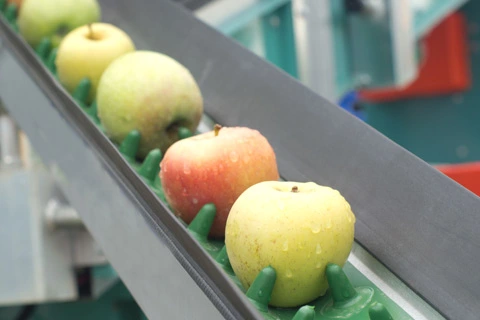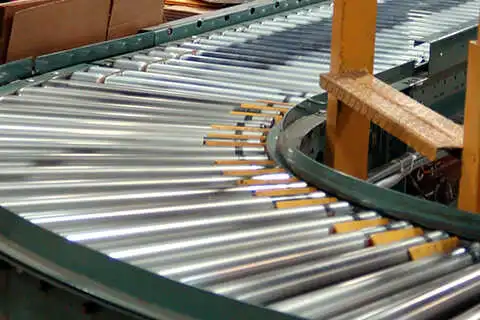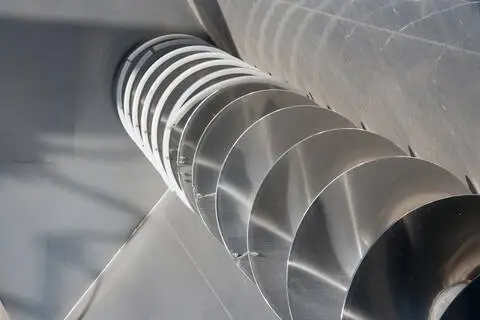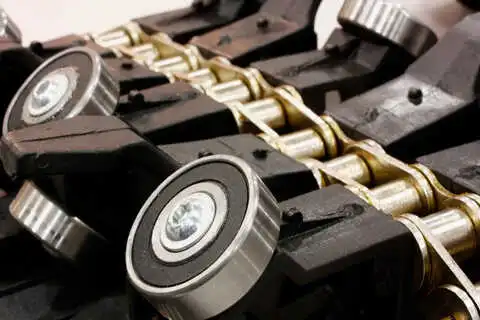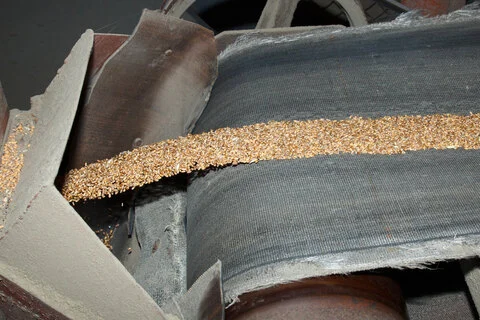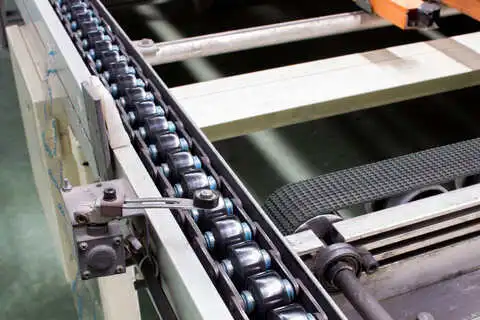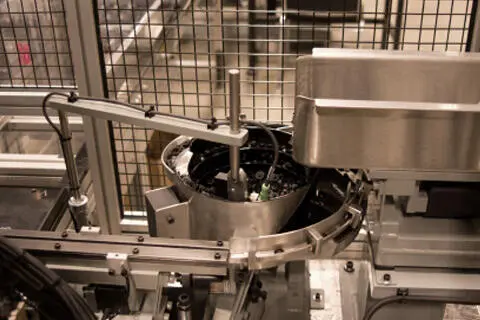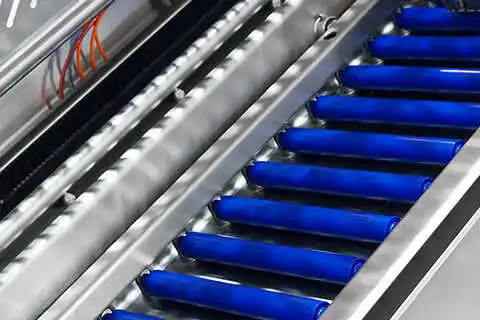Conveyors and Continuous Material Handling Standards
Conveyors and continuous material handling systems are a key part of the automation that builds the foundation of any large scale manufacturing operation and, through that, the foundation to the global economy. With such a load to bear and carry smoothly, standardization becomes an important part in promoting dependability and reliability within a manufacturer’s product line, as well as interoperability between different products and manufacturers. The Conveyor Equipment Manufacturers Association (CEMA) has published many standards guiding the field, and is joined by the American Society for Mechanical Engineers (ASME) and theInternational Organization for Standardization (ISO) in this endeavour. Designed to continuously handle different materials, in different environments, with additional specialized variations designed for specific industries and use cases, there are a great many options within the conveying field. Conveyor standards unify the field with definitions of terms and performance terminology applying across different conveyors, conveyor systems, and their allied equipment.


